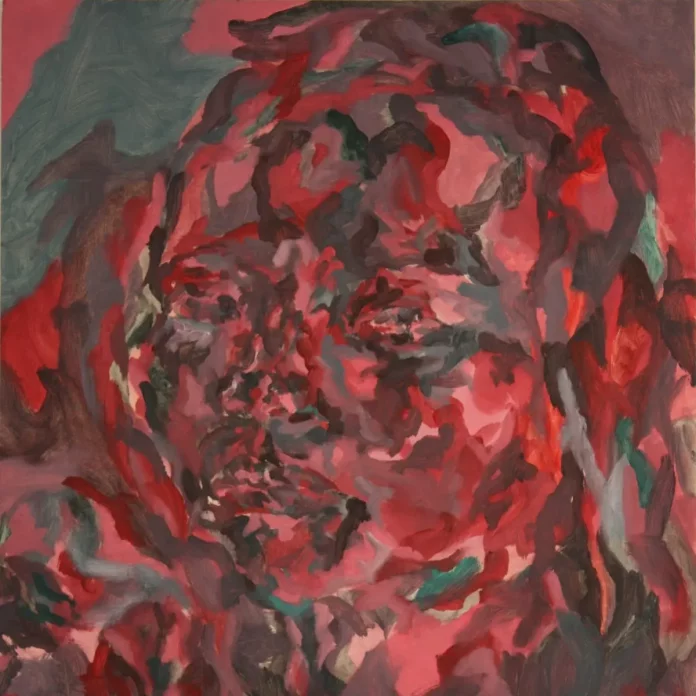From New Orleans onwards, jazz musicians have improvised on a song’s chord progressions, ideally keeping the melody in mind. With modal jazz, they began to improvise on modes or scales – though Cannonball Adderley, on Kind Of Blue, seemed subconsciously to convert modes into 2-5-1 chord patterns.
But James Mainwaring follows modernist composers in creating a 12-note row for each piece, as the basis for improvisation. A row is a set of 12 pitches, repeated in fixed order through the piece. To improvise in this way isn’t easy. Thus Bill Evans’ Twelve-Tone Tune used the row only in the theme statement; the players then improvised on a chord progression. David Mack attempted a serialist jazz, which Max Harrison discussed in A Jazz Retrospect. The technique is currently explored by saxophonist John O’Gallagher, author of Twelve-Tone Improvisation.
As Mainwaring comments, “My approach, inspired by O’Gallagher, involves splitting the chromatic scale – twelve notes – into four groups of three, called trichords. I improvise different permutations and inversions of the three notes in each piece. I might stay on the same three notes for a while, which is where [the title] Meditations came from. So the notes within the twelve-tone row come in different orders, but the three-note groupings are always together, and the intervals give the group its sound”.
But as Mainwaring comments, “It’s not important for people to understand this. . . It’s also a way for me to find ways of truly improvising rather than relying on language or licks.” The eight pieces are based on eight of the 12 possible trichords. Tracks 2-8 transpose the trichords four times to complete 12-tone rows. For track one – 1+4 – Mainwaring repeats one note across two of the trichords, making an 11-note row.
The Leeds-based saxophonist and composer is known as part of Roller Trio, which blends jazz, rock and electronics. But I first encountered him through his excellent album Mycorrhiza (2021). He’s collaborated with pianists Matt Bourne, Nduduzo Makathini and John Law, and is a lecturer at Leeds Conservatoire. Here he’s on tenor sax and electronics, his samples and synths accompanied by field recordings, drones and beats. The electronics are a mix of live performed while recording the sax and added during post-production. The field recordings were added after. The result is a wonderful album in which – as in the greatest art – the listener forgets about the technique involved, and simply enjoys the music for its own sake. The release is via download and streaming only.
Discography
1+4; 1+5; 2+3; 3+4; 2+5; 1+1; 2+2; 4+4 (35.08)
Mainwaring (ts, elec). Leeds, December 2022.
Lamplight Social Records LSRDL2
















